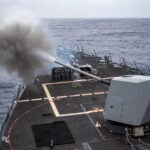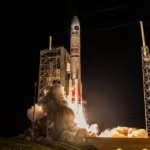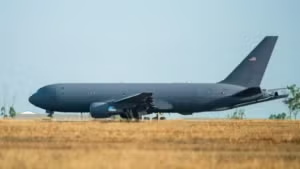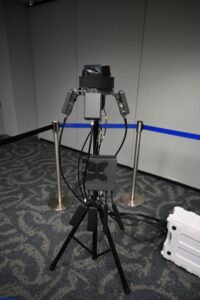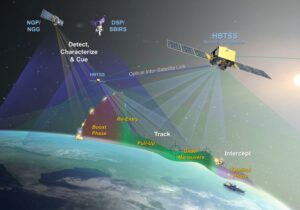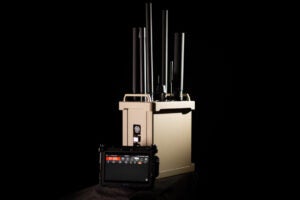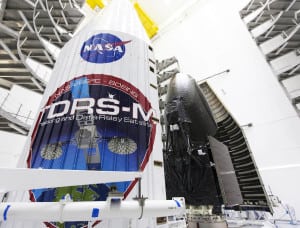
With NASA gearing up to launch its last Tracking and Data Relay Satellite (TDRS-M), the agency has begun studying what its next generation of space communications satellites might look like.One feature NASA definitely wants is dramatically higher data-transfer rates than it gets from the TDRS constellation, which was conceived in the 1970s, said Badri Younes, deputy associate administrator for Space Communications and Navigation (SCaN) at NASA headquarters in Washington. While TDRS satellites currently pass data at rates measured in hundreds of…

 By
By 